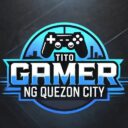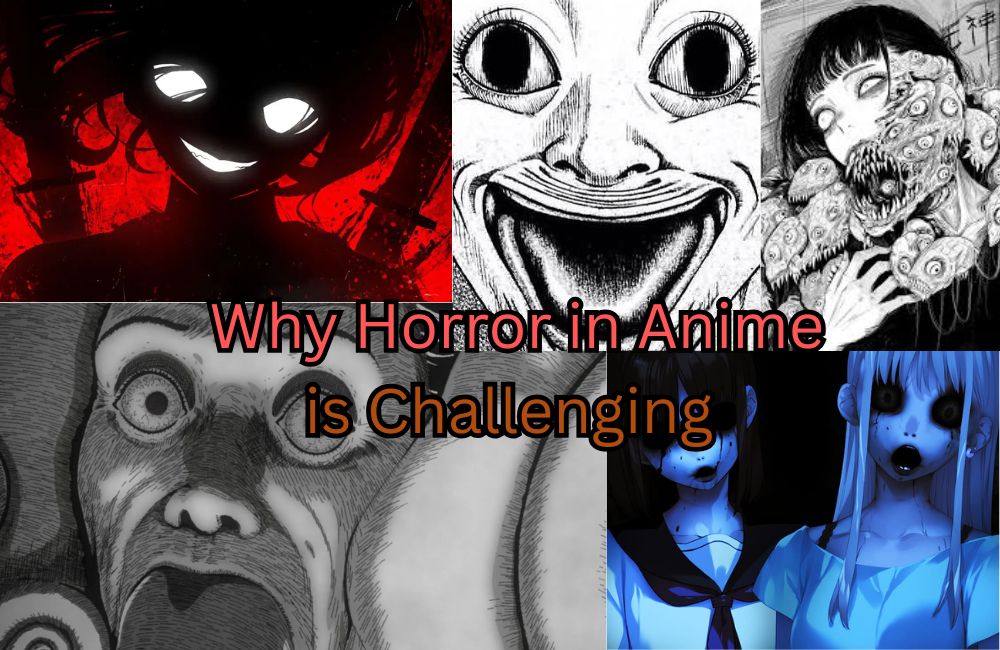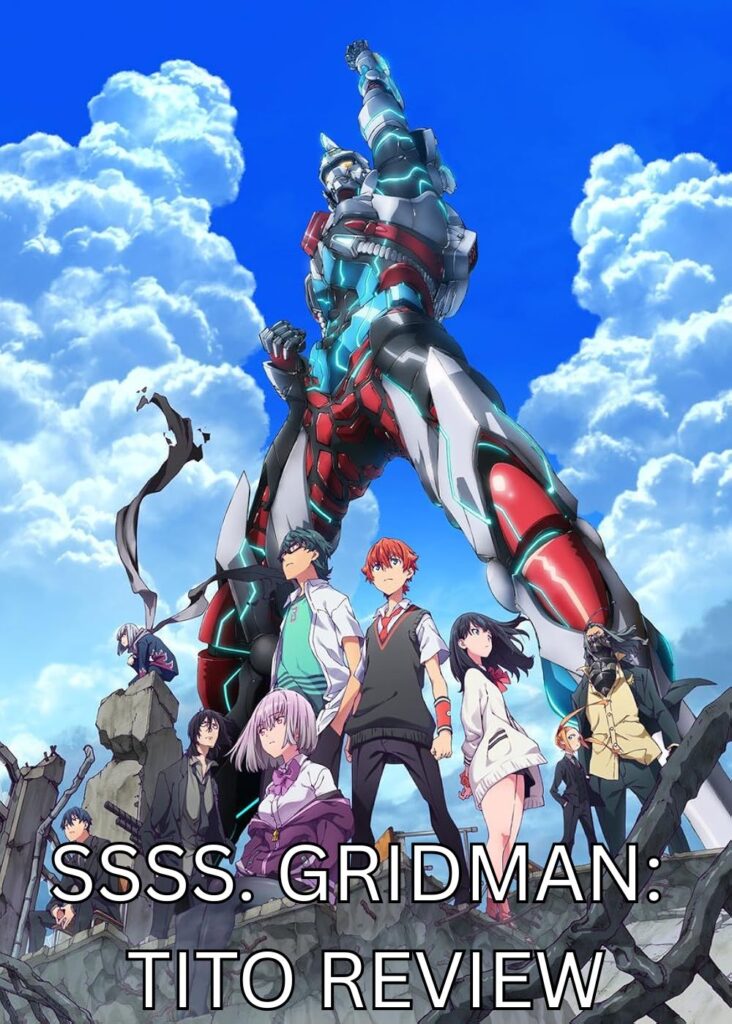What counts as horror? This is an important question to ask when looking at and looking for anime that is meant to scare us. Most horror anime may not necessarily focus on it or even have the horror that we are not used to. The worst part is that anime has proven time and time again to scare people. This article uncovers the reason why its hard to terrorize people with Anime.
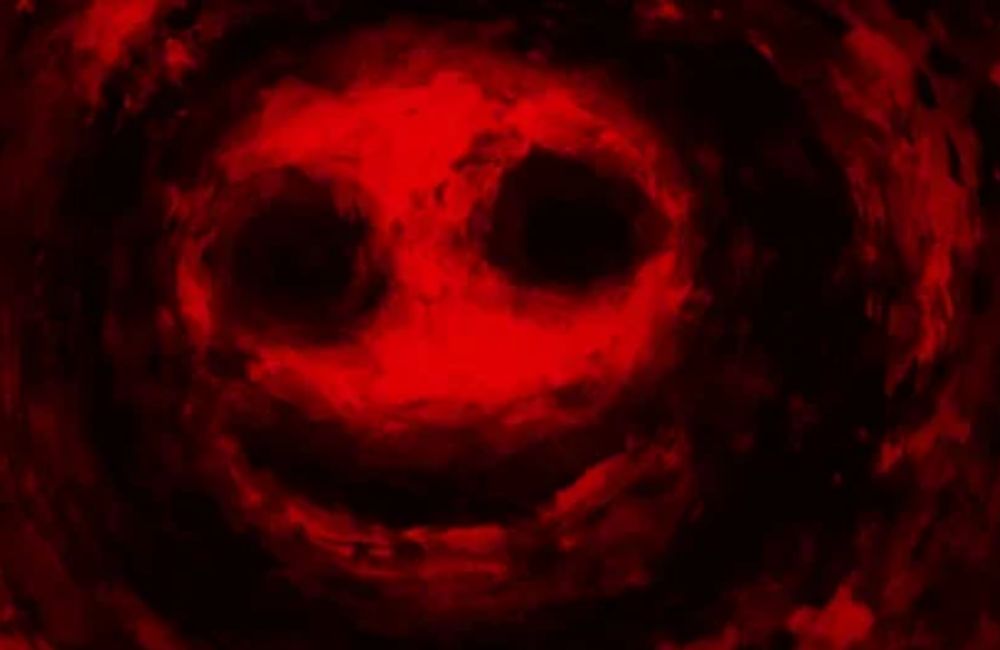
Japanese Horror Culture
Unlike in the West, Japanese horror relies less on jump scares and more on psychological horror that is restrained and subdued, as shown in Japan’s most famous horror film, “Ring” (1998).
Classic Japanese horror stories do include the yokai and the supernatural. But there was a shift thanks to World War II with the popularity of kaiju (giant monsters like Gojira/Godzilla) films. It is less the terror of giant monsters but more what those films represent. The universal trauma of the Japanese populace in the face of nuclear apocalypse.
Whether it is kaiju, yokai, killers or regular people, Japanese horror culture presents the suppressed layers of the psyche. It lets the audience imagine in their own terms what horrors lie beyond the screen.
Why Few Horror Anime Succeed
Adaptation Struggles
Berserk by Kentaro Miura has been the constant punching bag for the anime community. It is due to its latest adaptations and their overreliance on CGI. Its 1997 adaptation is a work of art. The anime relies on more solid hand-drawn images with a different style from Miura’s. The 2016-2017 adaptation has stained the franchise’s reputation with awful CGI models, stilted movements, grating sound effects, and an overall unrefined cinematography that made you question their competence.
Unlike the 2012-2013 adaptation of the Golden Age Arc, the team behind the new Berserk anime were different. They had little to no experience with pure CG anime. Even with good CGI anime from Studio Orange like Houseki no Kuni and Beastars, most anime fans live in fear from the word.
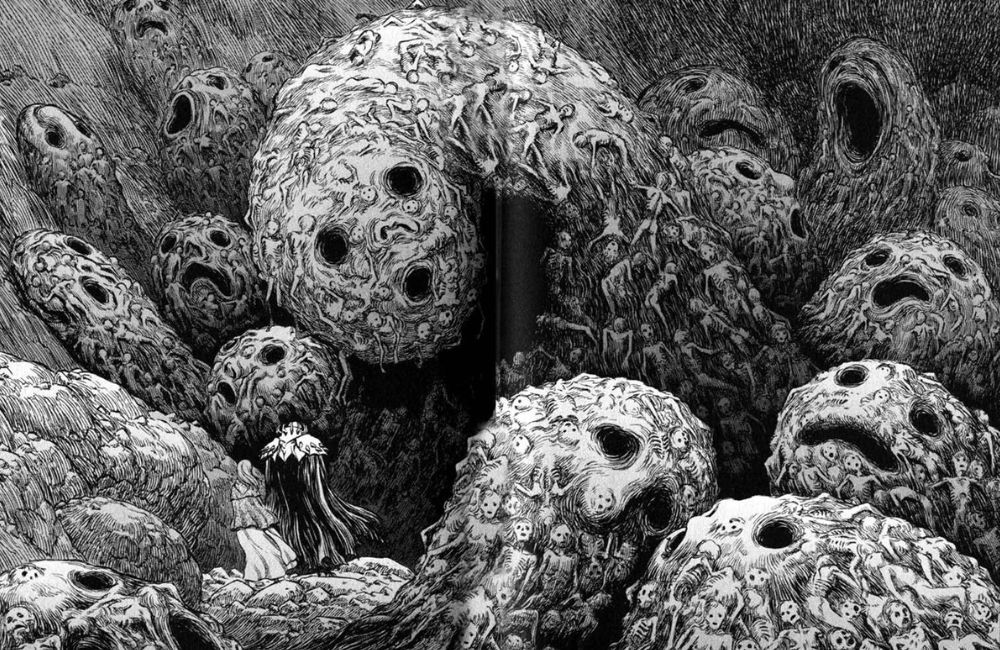
The Perils of Juni Ito Adaptations
Junji Ito might be the most productive and famous Japanese horror author. His anthologies of horrors to the likes of Tomie, Gyo and Uzumaki. The Tomie live-action films were praised in spite of their lower budgets. Most of the anime adaptations of his works face severe criticism due to their lack of quality control.
Studio Deen’s Junji Ito Collection (2018) simply copy-pasted from the manga yet made the panels flatter than what they already were. They also ignored what made the manga so horrific to begin with, even when its stories focused on body horror and the like. Its follow up, Junji Ito Maniac (2023) used muddy, muted greens and brown colors. They could have used monochrome visuals and overused on CGI to break audience immersion.
The new Junji Ito adaptation, Uzumaki (2024), attempted to capture the vibe of Ito’s works with black and white colors. Episode 1 was well-received, but the other 3 episodes of the miniseries were littered with basic animation errors. Majority of the episodes were practically incomplete in some places, leaving behind a mess of a product.
Producer Jason DeMarco attributes this to a lack of time and proper coordination. It is clearly a sign of constant Western studio interference, as confirmed by animator Henry Thurlow. Uzumaki was a collaboration between Drive and Akatsuki and the US branch of Production I.G. The team was famous for Psycho-Pass, a psychological thriller, Haikyuu, and more.
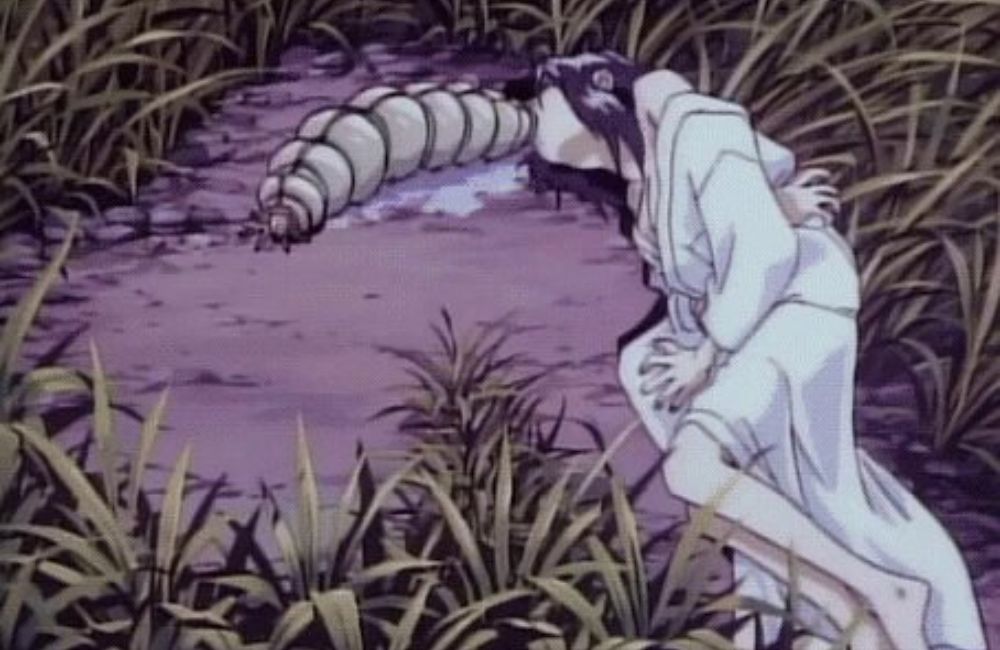
Dark Fantasy and the Horror Anime Curse
One of the most common places audiences find horror in anime is dark fantasy. Attack on Titan and Berserk count as among the best of this genre. Berserk though being the pioneer for anime, video games and other media. While Attack on Titan succeeds due to its stellar production quality in spite of a studio change for its final season, Berserk suffered
Tokyo Ghoul, a dark fantasy, psychological thriller series was thought of as horror. It also suffers from this “horror anime” curse but for a different reason. Like Junji Ito’s latest adaptation, Tokyo Ghoul suffered heavily from studio interference.
While Season 1 was faithful to the manga, Season 2 was an anime-original work that deviated from the manga. Meanwhile, the sequel, Tokyo Ghoul:Re had entirely different staff. They did not reproduce the cleaner visual and animation quality of the previous two seasons, being more stilted and lifeless. However, all seasons share one common problem: pacing.
Tokyo Ghoul cut out many pages from its manga content, with nearly half the manga . With its pacing problem comes the loss of where its horror came from. The manga showcased the cruelty of the world and the class divide between ghouls and humans.
Both sides showed horrific violence. However, what we are left with are just the bullet points. The second season that does a 180 on the core story of the first manga’s second half. Not even Ken Kaneki’s split-personality, a key aspect of the series and his characterization, are added thanks to Root A.
Why Horror is Hard to Adapt

Shuzo Oshimi’s Manga and the Audio-Visual Limits of Horror Anime
Focused on the the horror of the coming of age experiences of youth, Shuzo Oshimi is a master of the emotional layers of horror. His works include “The Flowers of Evil” and “Inside Mari” (2012-2016), as well as his most cited works, “Happiness” (2015-2019) and “Blood on the Tracks” (2017-2023).
In “Happiness”, a manga about vampires and a vampire cult. We see not just the expected gore but the fragility of human life. Every vampiric transformation comes with sacrifice, loss and the death of humanity. Both separation from one’s family and from one’s sense of reality are replaced by a hunger and a drive to escape from the normal world. One of the most horrific sights being in the climax of the story involving a cult. It showecased a bloody frenzy that comes from the obsession with immortality.
However, it is “Blood on the Tracks”, a story of domestic horror and abuse, that we see arguably a much greater level of horror. Oshimi maximizes his ability to draw the uncanny valley through horrific facial expressions and tight perspective panels. His reader are constantly following the perspective of the characters.
One of Oshimi’s works was adapted into an anime, The Flowers of Evil (2013), by Studio Zexcs, but this was made infamous due to being the first-ever anime to exclusively use rotoscoping, where animators manually trace or draw over live-action footage, frame by frame, to create realistic motions. While this does capture the uncanny valley effect of Oshimi’s art, this has been disliked by many fans of the manga and has turned off many to the experience.
What can horror learn from the success of psychological thriller anime
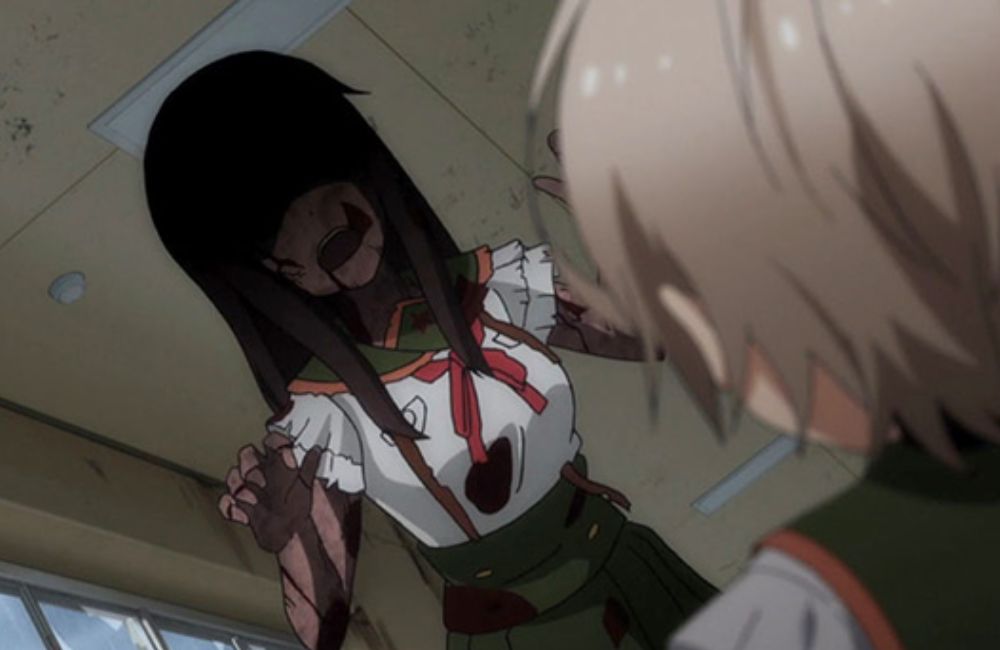
Although often conflated with horror, psychological thrillers are a far more common sight in anime yet they provide a lens into how horror could be better presented to the masses.
The late director Satoshi Kon is a master of psychological thriller that blurs the line between reality and fiction but it is in his ability to make reality the true horror piece that sets him apart from most artists.
Perfect Blue, a psychological thriller about a singer’s descent into a spiral of violence done upon her, is the best example of how to capture horror through not only surreal imagery but through consistent doses of disturbing moments, followed by constant reminders of normalcy that lull the viewer into a false sense of security.
What is scarier than violence or monsters, whether people or fictional, is the idea that the normal life one leads was never theirs to control or quite what it seems to begin with. The horror of schizophrenia and its imagery evokes that, along with Kon’s eloquent ability to blend, mix and distort the boundaries of reality and fiction.
Paranoia Agent is another Satoshi Kon psychological thriller that uses horror elements as the characters grapple with their work-life stresses and relationships with family and society, resulting in their desire to be knocked out of reality by a figment of collective mania called “Lil’ Slugger”.
The horror lies in all these manic descriptions yet are ultimately contained in a mundane setting, showing how Japanese horror media asserts the everyday horrors of living rather than an unknowable supernatural menace.
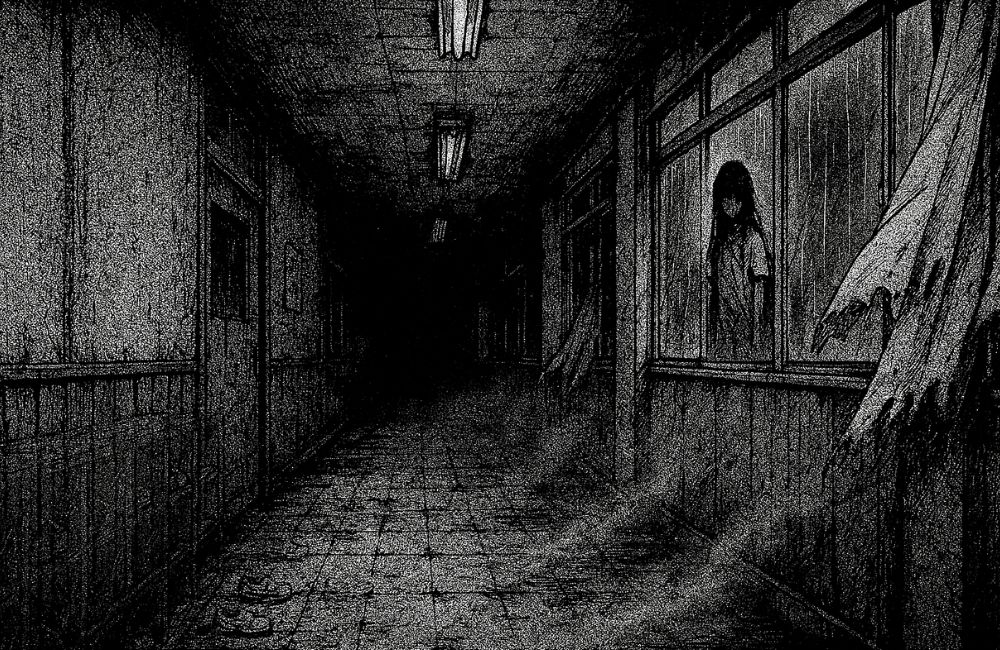
Conclusion: The Future of Horror
Horror is a difficult genre to pin down. Its most popular forms get mixed up with different genres from dark fantasy to psychological thriller. Horror in, for lack of a better term, “pure form”, faces two hurdles: adapt faithfully or adapt differently. Both have led to failure but from what we have learned, there are ways forward.
First, adaptations should be as faithful as possible but not flat or copy-pasted. Most adaptations that understand the horror of the original work know the right methods to bring the pages to life.
Second, anime adaptations should not be afraid to try new things to elevate that horror. The lesson in horror anime is not that rotoscoping, CG and multi-colored choices are wrong but that these methods should be used properly.
Lastly, the adaptations should be as safe as possible from studio interference. There are circumstances beyond control but fans can demand for transparency and quality control to get the product they deserve.
If you want more horor articles, check out my articles on horror games!
